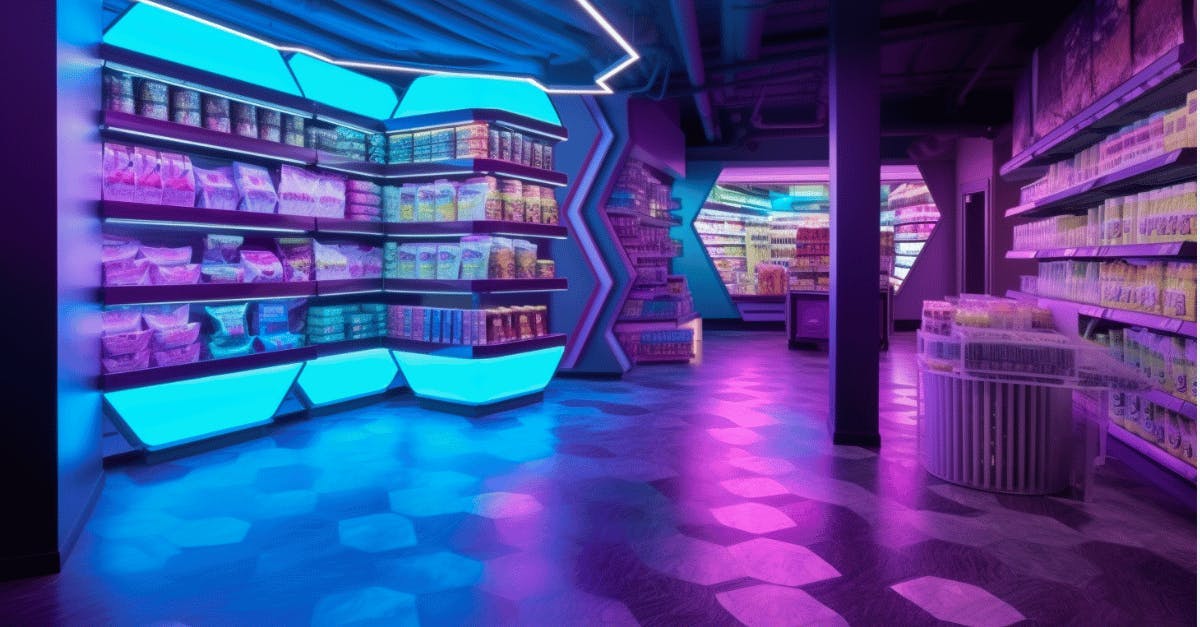
Balancing Innovation and Core Offerings in Retail Space Allocation: 7 Lessons from the Frontline
In the ever-changing world of retail, one of the biggest hurdles for CPG companies and retailers is finding the right balance in allocating space for innovative products, pack sizes, macro space, and the impact on core offerings. These dimensions can significantly impact sales and customer experience, influencing the direction of retail strategies in the future.
Insights from the customer interactions
Over the years, HIVERY has had the privilege of working with some of the world's top CPG brands, gaining valuable insights from industry leaders who are kind enough to share their experiences. Here's a summary of what we've learned.
- Impact of Space Allocation on Category Performance: The space given to new products affects those items and the entire category's performance. Retailers must consider how new products complement or compete with existing ones.
- Decode Consumer Preferences in Pack Size and Product Assortment: The decisions around these elements can profoundly impact a brand's success in the market. However, decoding these preferences takes more work. It requires a nuanced understanding of consumer behavior, aided significantly by data insight.
- Consumer Preferences and Product Formats: Understanding consumer preferences, such as the favored can size in the energy drink category, is crucial. Retailers often default to what has historically worked, but consumer preferences can shift, necessitating a reevaluation of product assortments.
- Transparency & Objectivity in Decision Making: It is crucial to utilize data insights when making informed decisions about product assortment and space allocation. This approach ensures transparency and unbiasedness in decision-making. Data guides which products to stock and aids in predicting their performance, providing you with the confidence and reasons behind your decisions.
- E-commerce's Influence on Retail Strategy: The rise of e-commerce and omnichannel shopping adds another layer of complexity. Online shopping trends increasingly influence decisions about space allocation in physical stores.
- Macro Space Analysis: This involves looking at the broader picture of store layout and determining which categories or adjacent categories can be adjusted to optimize overall store performance.
- The Challenge of Innovation vs. Core Products: Innovation is the lifeblood of the retail industry, driving growth and attracting consumers. However, allocating less space to new, untested products can come at the expense of established, high-performing core items. This juggling act requires a deep understanding of consumer behavior, market trends, and the potential of new products.
Striking the Right Balance
To address these challenges, retailers and CPG companies can employ several strategies:
Embracing Technology
Tools like HIVERY Curate offer sophisticated analytics to make data-driven store-level decisions. These tools can simulate various assortment scenarios, helping retailers understand the potential impact of different space allocation strategies on sales and customer satisfaction.
Understanding Consumer Behavior
In-depth market research and consumer insights are vital. Retailers must stay attuned to changing consumer preferences and how these changes impact product performance.
Dynamic Assortment Planning
Retailers should adopt a dynamic approach to product assortment, regularly reviewing and adjusting their strategies based on sales data, market trends, and consumer feedback.
Tools like HIVERY Curate allows users to interact and test strategies. Users can create various assortment scenarios, such as the impact of new innovation items, reducing SKUs by 20%, needing to go POD neutral, or applying different pack size strategies per retailer—the flexibility to simulate changes and assess their impacts. Users can start with a machine learning-optimized planogram or use their current store layout, enabling detailed adjustments and strategy testing with metrics updated live to reflect the change.
Collaborative Efforts
Retailers and CPG companies should work together to understand the impact of new products on category performance. This collaboration can lead to more effective space allocation strategies for both parties. Again, tools like HIVERY Curate allow users to interact, test, and collaborate with transparency and design win-win strategies together in a simple user interface.
Experimentation and Learning
Retailers should be willing to experiment with different space allocations, closely monitoring the results and learning from successes and failures.
Balancing innovation and core offerings in retail space allocation is a complex but essential task. By leveraging data-driven tools, understanding consumer behavior, and adopting a flexible approach, retailers can navigate this challenge effectively. As the retail landscape continues to evolve, those who master this balance will be well-positioned to thrive in an increasingly competitive market.
What do you think? What would you add to this list of 7 lessons?